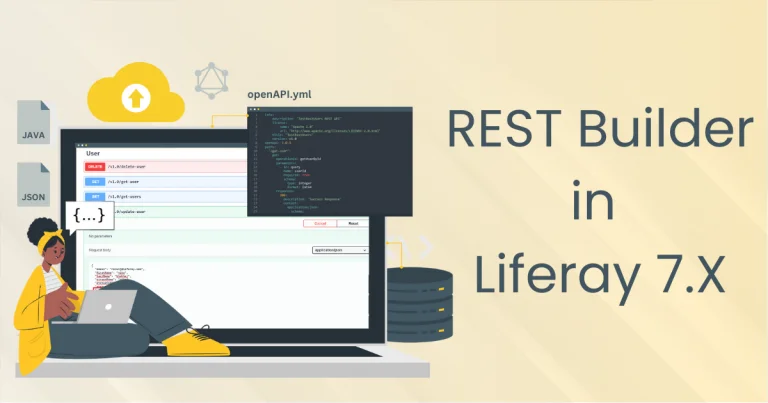Introduction
When you create blog entries in Liferay, you often want them to look consistent and engaging across your site. That’s when Information Templates come to the fore. They allow you to control how your blogs show up, whether it’s a display page or a content page.
In this guide, we will walk through the process step by step.
Step 1 : Make a Blog Post
Go to Product Menu → Content & Data → Blogs.
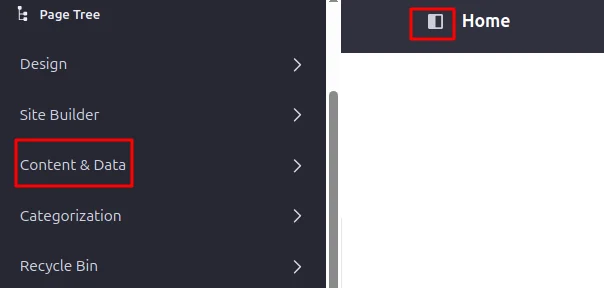
- Click the Add (+) button.
- Enter your blog title, content, and any images or tags.
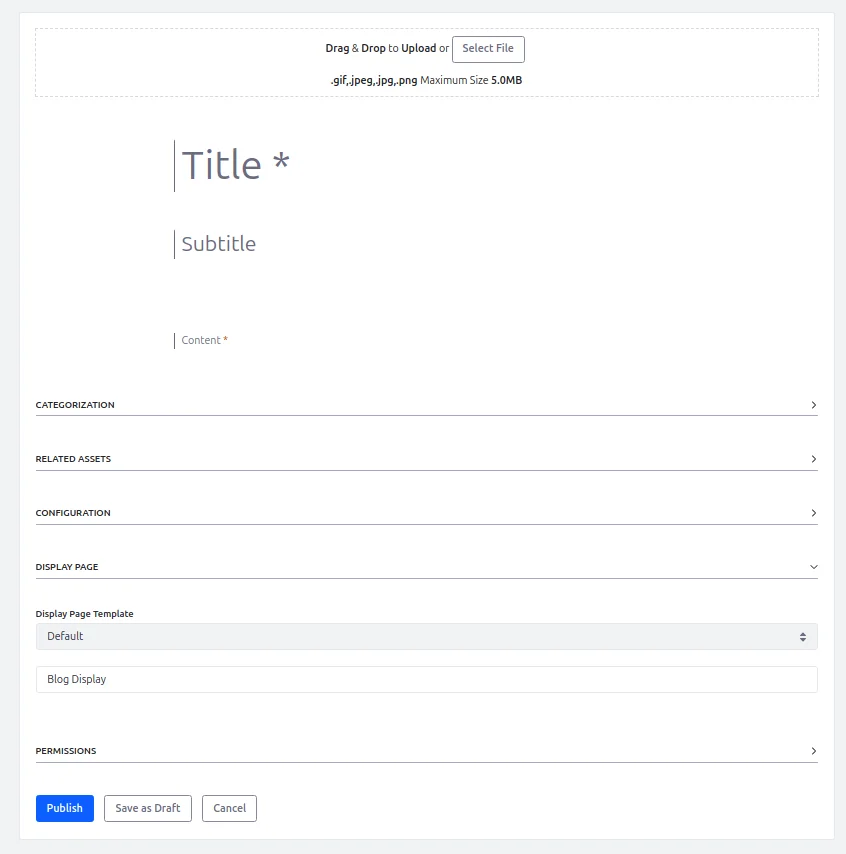
Click Publish.
Now you have a blog entry ready to be displayed.
Step 2 : Display Blogs Using Widgets or Collections
There are two easy ways to show your blog entries on pages:
Option A : Blogs Widget
Add the Blogs widget to a page.
It will automatically list published blogs.
You can configure the widget to show the latest posts or filter them and also can create a custom widget template for blogs .
Option B : Collection Display
Create a Collection (e.g., “Blogs Display”) using the Collections menu.
Add a Collection Display fragment to a page.
Map it to your blogs collection.
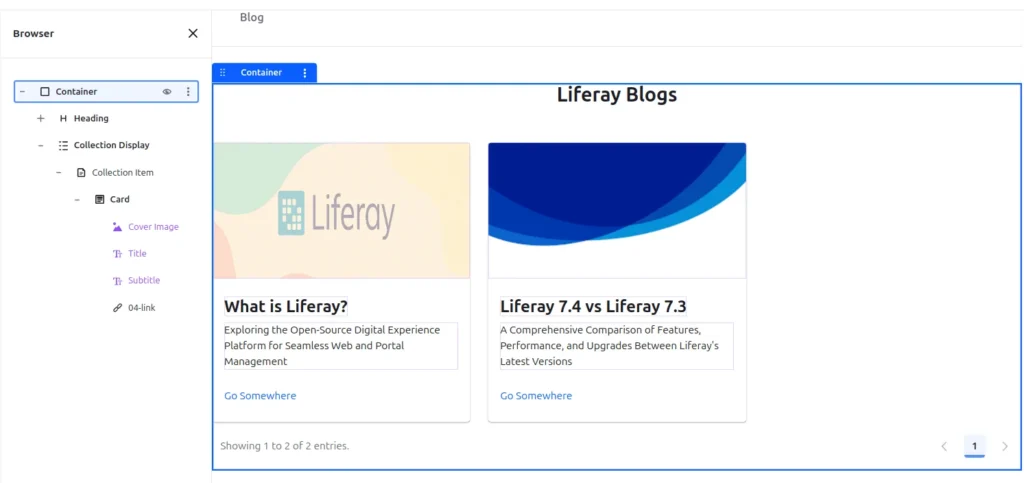

- This gives you more flexibility for layout and styling.
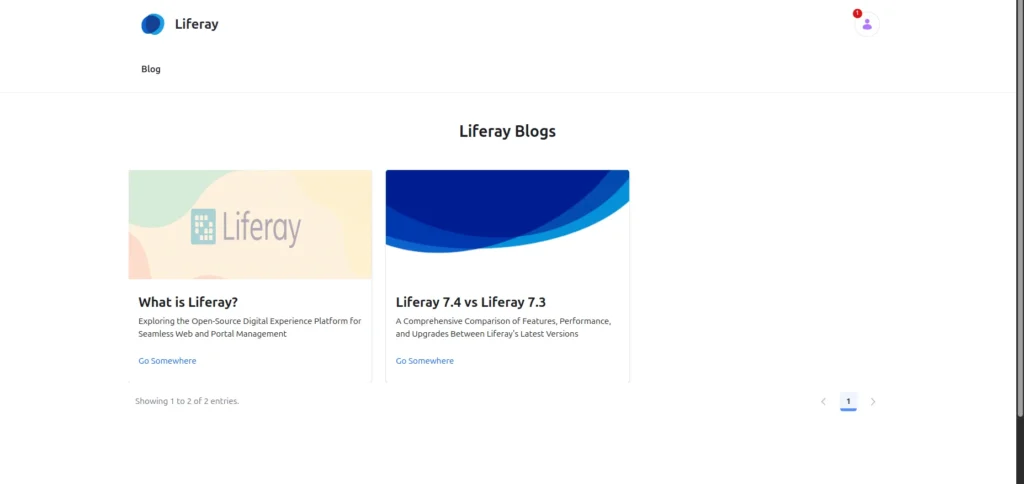
Step 3 : Create and Use an Information Template
To make your blogs look unique, you can define how each blog entry should be displayed.
Go to Product Menu → Design → Information Templates.
Click Add (+) and select Blog Entry as the content type.
Use FreeMarker or the Visual Editor to design the template (e.g., how the title, author, and image should appear).

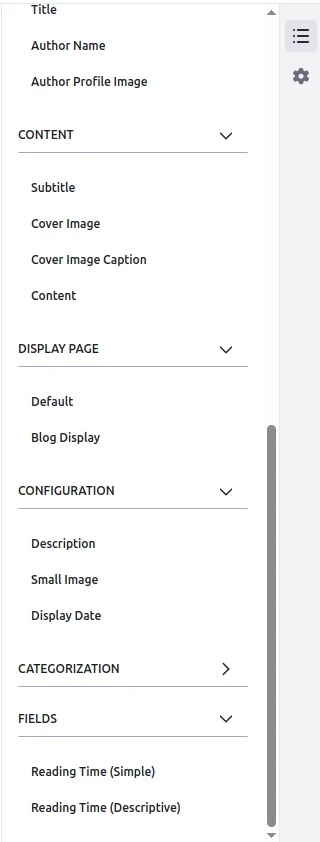
- Add fields and style as per the need.
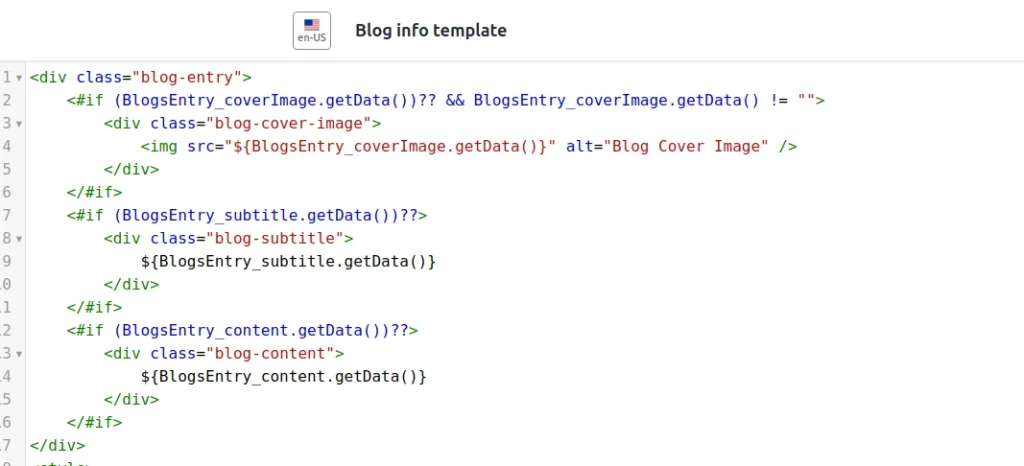
Save the template.
Step 4 : Map the Information Template to a Display Page
If you want each blog entry to have its own detailed page:
Go to Site Menu → Design → Display Page Templates.
Add a new template and choose Blog Entry as the content type.
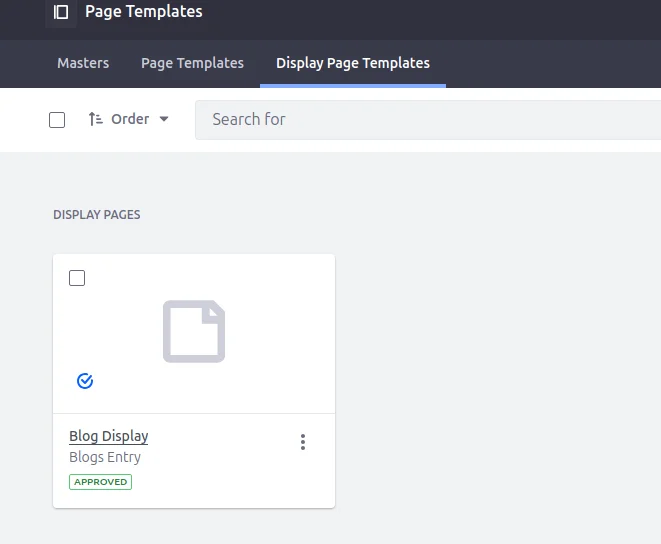
- Map your Information Template to this display page.
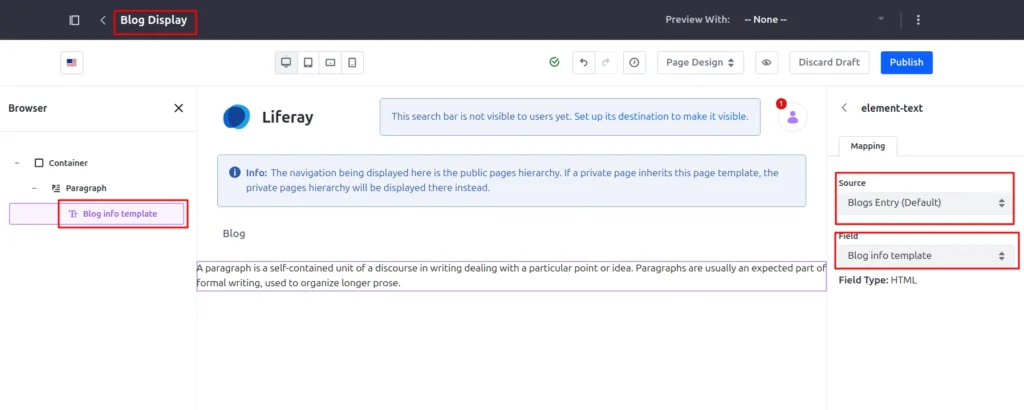
- Publish the template and set it as the default for blogs.
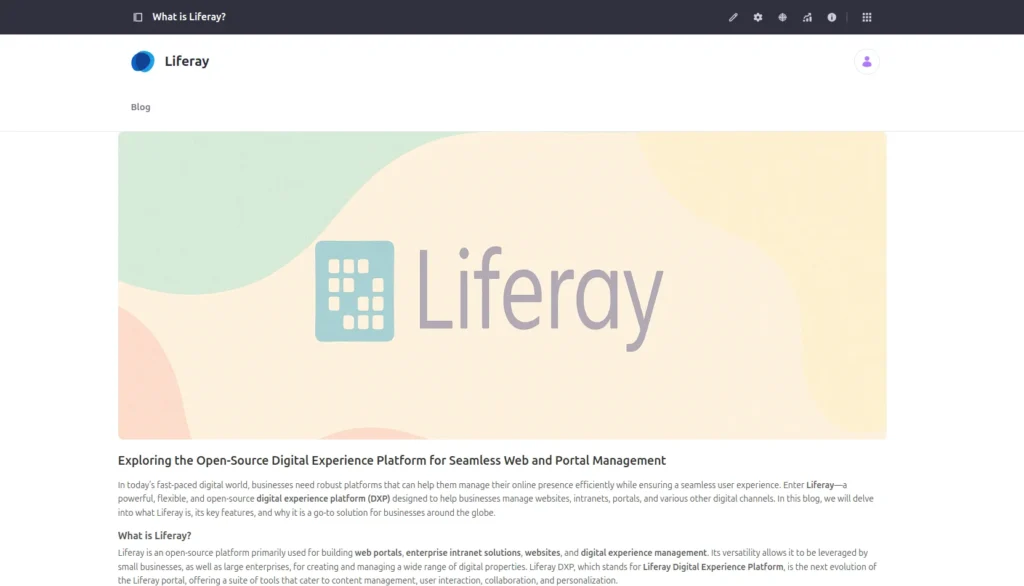
Now if any one click on any blog then it will open with your custom layout and design.
Conclusion
A combination of blogs, collections, information templates, and display page templates allows you to have total control over your content and its appearance and feel. This approach keeps your site design consistent while giving you flexibility to make your blogs stand out.
